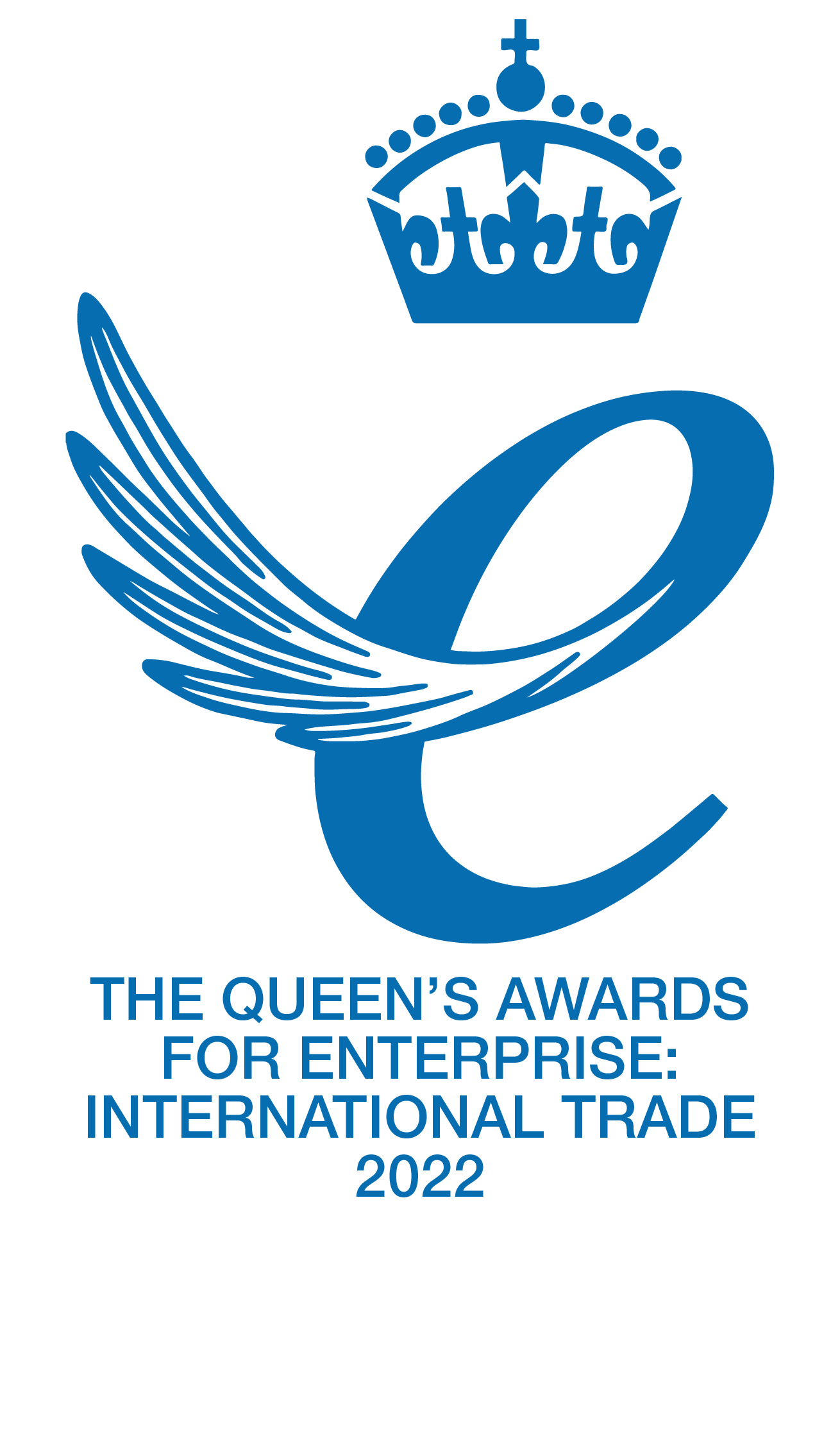How do you monitor fuel consumption onboard vessels?
Effective January 1, 2023, both the speed of the vessel and fuel consumption must be monitored and documented to ensure compliance for existing fleets along with the EEXI and CII requirements.
We have an easy, non-invasive solution with Permaflow® – measure fuel consumption and flow rates of liquids – 24/7.
Permaflow® – is ready to use – it can be retrofitted and no drilling into pipes needed.
Permaflow® is a fixed, clamp-on, ultrasonic transit time flow and heat meter to provide 24/7 fuel consumption monitoring by measuring volumetric, mass and energy flow rates with temperature monitoring in one device, non-invasively.
The Permaflow®can incorporate different communication modules such as USB, MODBUS, 4 – 20 mA for integration with existing monitoring systems for real-time data transmission.
Be regulation ready with Permaflow®!

Reasons to choose Permaflow®
24/7 VISIBILITY: with a low-cost solution
CONSTANTLY monitor/log over 90,000 measurements
– volumetric flow rate,
– mass flow rate,
– energy (heat quantity) flow rate,
– units displayed in kWh and BTU.
VERSATILE: variety of communication and I/O options
– PT100 thermometer integration,
– RS232,
– USB,
– 4 – 20mA and more.
LOW COST:
– No installation costs.
– No drilling into pipes,
– No downtime to the pipe network,
– One person operation/set up

Permaflow® reduce installation costs, increase safety helping you deliver our vision of the Safesite™ on land and the Safeship™ at sea, and allow user to consistently perform a wide variety of maintenance and inspection procedures, for the benefit of customers and personnel.






